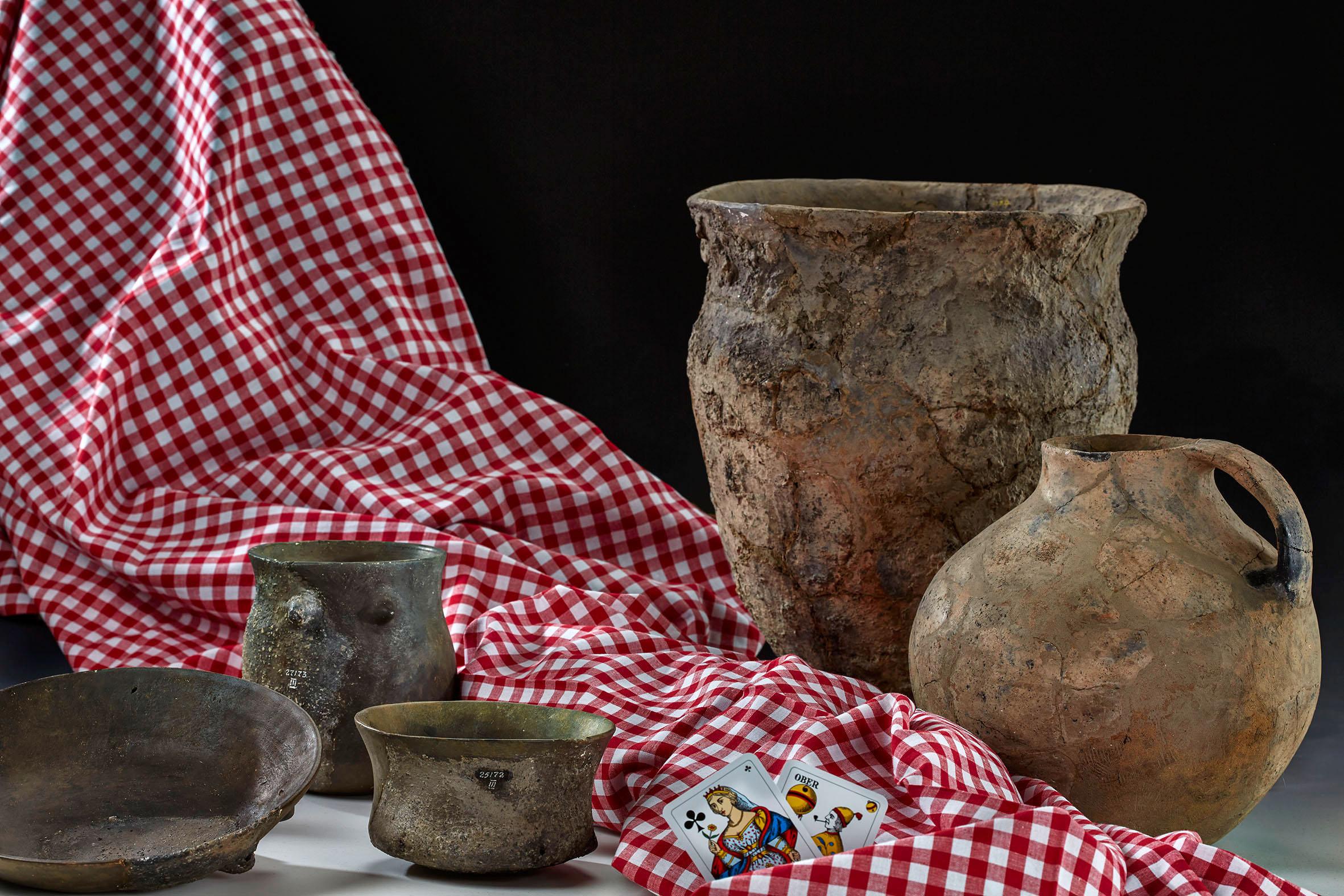A 7,000-year-old divide

The difference between Switzerland’s north-east and south-west dates back some 7,000 years, with the arrival of new inhabitants in the region, explains Laurent Flutsch, director of the Roman Museum in Vidy-Lausanne:
“The first populations arrived on the Swiss plateau from both the Danubian and Rhine plains, as well as from the Rhone valley. They met somewhere in between, became sedentary, and for a long time, their ways of living did not change much.”
“In 401, the Romans withdrew from the Southern Alps, leaving the Swiss territory and a very Latinised Gallo-Roman population in the area. In 443, the Burgundians, who were Germanics allied to Rome, settled in the Lake Geneva area, a strongly Latinised part, and adopted the language.”
“By 600 to 700, the Allamani, crossed the Rhine and arrived in the currently Germanic regions, where Roman influence had faded. There, the opposite occurred. As they were more numerous than the estimated 25,000 ‘assimilated’ Burgundians, the Alemanni imposed their Germanic language upon the local population. The current linguistic border was thus established in the 8th century.”
“During the Middle Ages, Switzerland became very fragmented, with the rise of religious conflicts, and as of the 13th century, with the slow movement towards the future Confederation of 1848. An important conflict then surfaces when the federal state needs to create a common currency. Between the Germanic florin (or gulden) and the franc, the latter prevails as it is more practical and modern, as it uses a decimal system.”
“The most violent conflict explodes during the Second World War, between the pro-French French speakers and pro-German German speakers. When pastor Edouard Blocher [grandfather of rightwing politician Christoph Blocher], known for his admiration of Bismarck, wanted to see the German speakers rally for the Reich, it nearly saw Switzerland split apart.”

In compliance with the JTI standards
More: SWI swissinfo.ch certified by the Journalism Trust Initiative
You can find an overview of ongoing debates with our journalists here. Please join us!
If you want to start a conversation about a topic raised in this article or want to report factual errors, email us at english@swissinfo.ch.